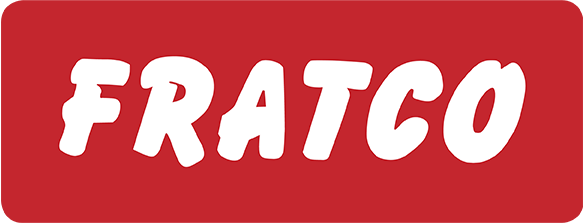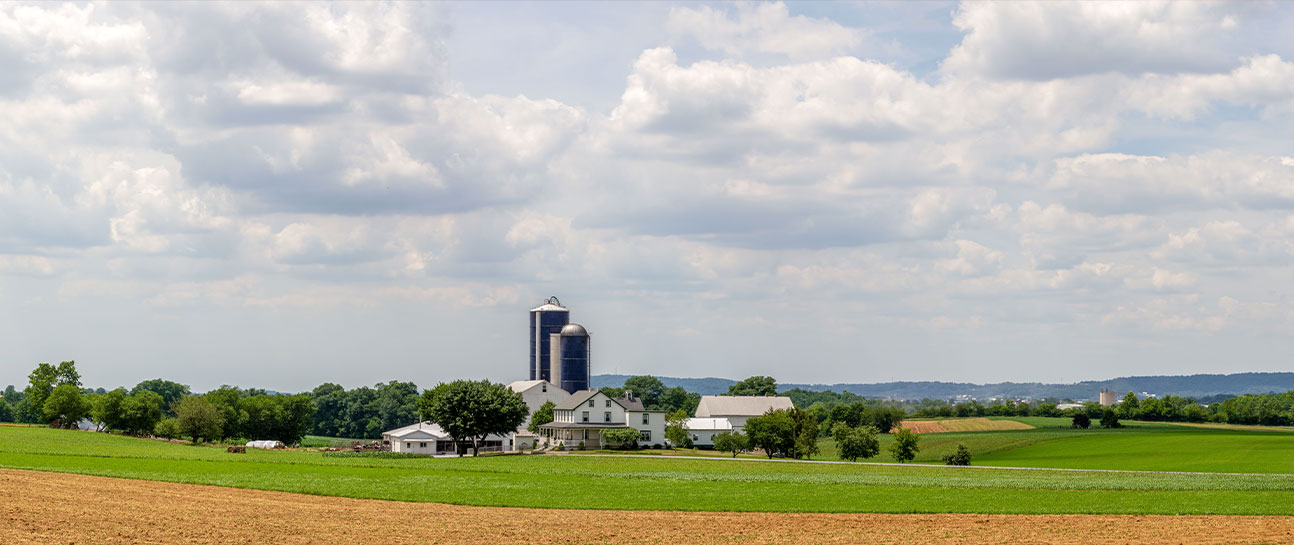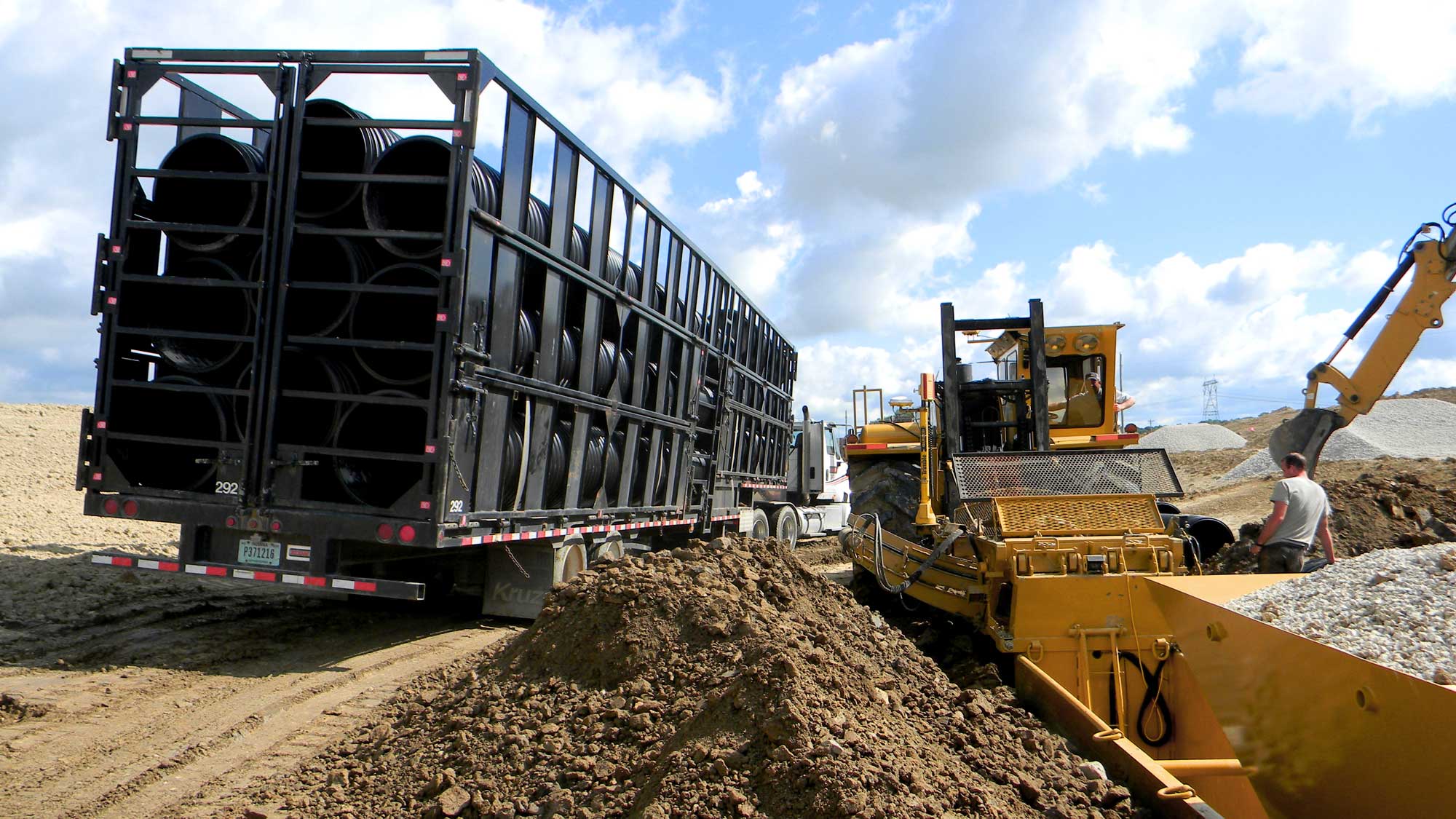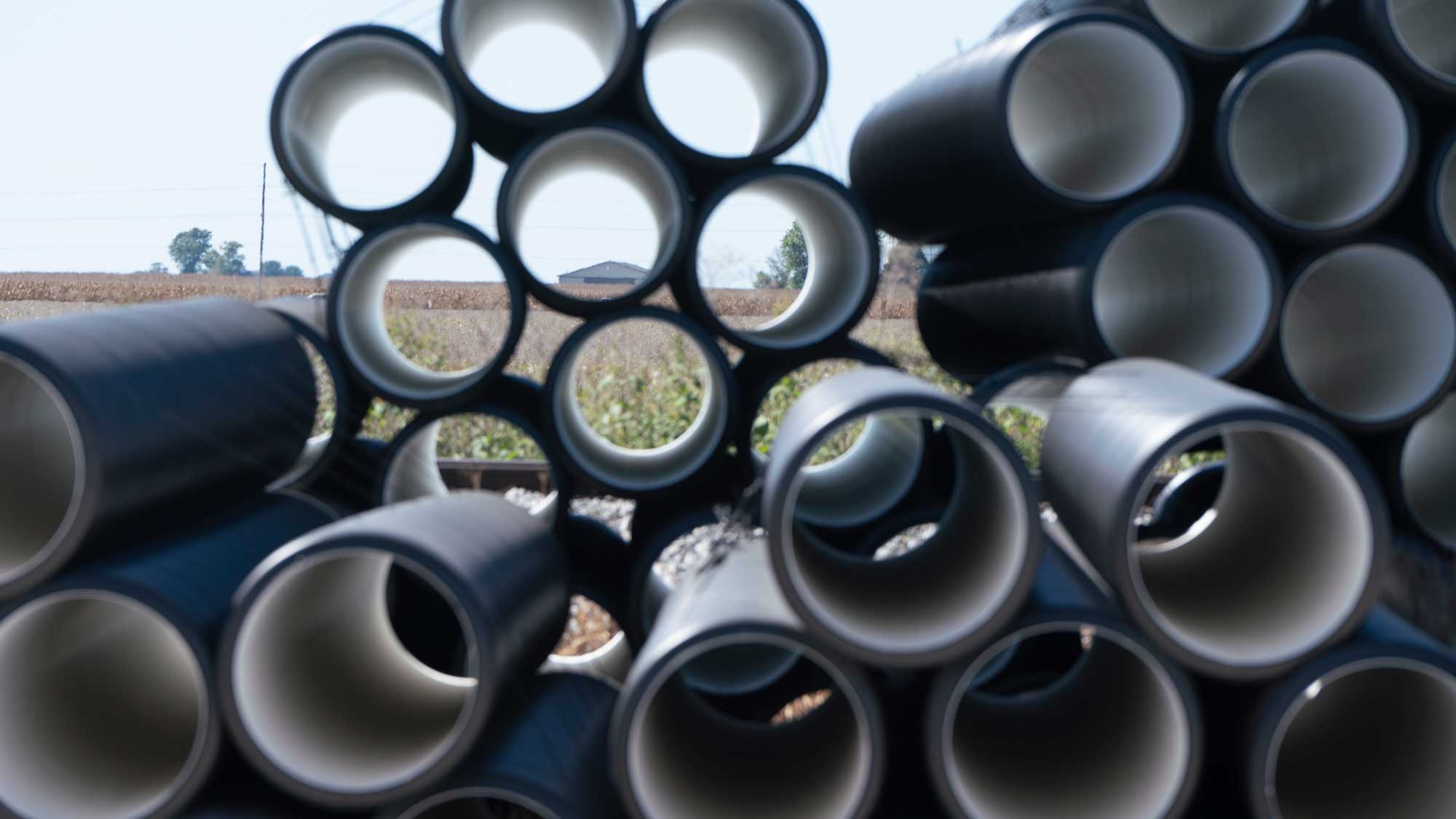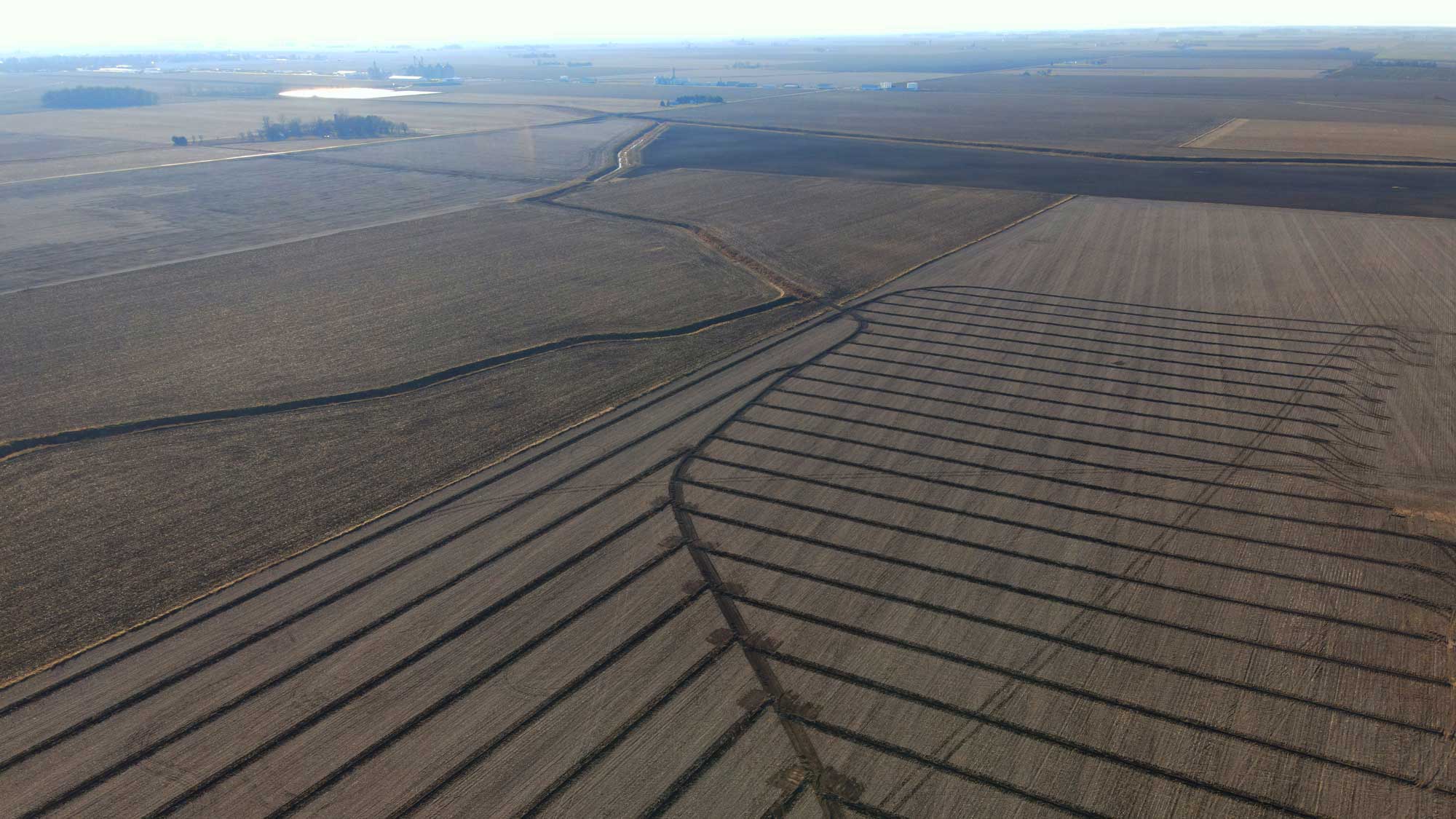As seen in the Tried & True Summer 2021 issue
For decades, Hollywood has shaped our view of agriculture through their storytelling lenses of what rural farm-living looks like. If you loved Eva Gabor and Eddie Albert’s 1965 sitcom Green Acres, then you witnessed a socialite uprooted from NYC when her lawyer-husband yearned for a simpler life. Children of the 1970s were convinced Little House on the Prairie was the real deal: outhouses, Nellie Olson-types and lemon verbena perfume. In the 1990s, we lived vicariously through Kevin Costner’s film Field of Dreams with the infamous line: “If you build it, he will come.” Life on the farm seems easy when storylines tie neatly into a bow at the end, don’t they?
These nostalgic and feel-good portrayals of ag families make for great cinema yet are not reality. What makes family farms tick, remain operational and keep generations of growers together is built upon the shoulders of others who came before them and a dedication to continuing the legacy. Although there are many Americans who have never stepped foot on a farm, growers are central to how we identify ourselves as a country: hard-working, roll-up-our-sleeves types—an image as Americana as the gold rush days and apple pie. Fratco knows that we help another farm, another family, invest in their livelihood when pipe rolls off our production line. That’s something we never take for granted.
Families who farm are invaluable and the largest food-sourcing contributor. 70% of the world’s food products come from family farms. They also make up 98% of the farming industry and 88% of overall ag production. According to the USDA, smaller operations tend to produce mainly poultry—along with eggs—and hay. Mid- to large-scale farms plant cotton, grains and oilseed. Dairy is what you’ll find on larger farms. Non-family and mega operations dominate beef and high-dollar crops like vegetables, fruit, tree nuts and nursery or greenhouse products.
Not all family farms are small operations. Many are prospering, super-sized empires. They’ve pivoted production during rough economic spells and drought. There’s enormous respect for the fresh-out-of-college faces returning home to help modernize and embrace ag tech, identify inefficiencies and make shifts towards more profitability. Cost and efficiency are constantly analyzed, and additional money makers—like agritourism, family farm days and pumpkin picking—help carry on the farming heritage while adding to the bottom line. This legacy and lifestyle is not for the faint of heart: it’s blood, sweat and tears around the clock.
The Family Farming Advantages
Those who stand shoulder-to-shoulder in the field reap what they sowed together. Children who grow up in the family ag business have early exposure to skills and life lessons others do not: cause and effect, input and output, distribution and profit and what physical labor and time-sensitive tasks genuinely mean. The responsibility modeled and learned is something little ones carry with them for a lifetime along with other lessons that follow.
HONORING COMMITMENTS
The Musketeer pledge of “all for one and one for all” applies to families working together. Families share a bond and an understanding of one another. Their beliefs and goals are usually aligned, meaning forecasting together can be a less bumpy road. A massive sense of pride stems from knowing you hail from something greater established by ancestors and carries on through the family.
STABILITY
Having an aligned vision for the future matters. Long-term success depends on meeting future goals while remaining agile and open to change. Have a current business plan with objectives and parameters everyone can agree upon and update when necessary helps future scaling. Whether disagreements arise or changes must be made, guidelines and processes in place can make it easier for everyone.
LOYALTY
Trust is the basis of a business. Families who face adversity find themselves stronger together on the other side. It’s a competitive advantage that helps generations survive and build. No matter how dedicated other employees may be, those that share a kinship add instant dimension with their powerful bond.
COMMON VALUES
Family is family. That doesn’t mean 100% agreement on every facet of farm operations. Friends and acquaintances will come and go on to other things. Yet families share a sense of purpose and pride while framing the bigger picture of the values and history that hold them together.
COST EFFICIENCY
Liability, red tape and regulations. These parameters are a bit different inside a family businesses than they are inside corporate operations. Sunup to sundown hours is part of the job. Children learn everything from operating machinery to handling livestock. Functions and responsibilities that would leave corporate human resource departments scratching their heads give family farms an edge in performance.
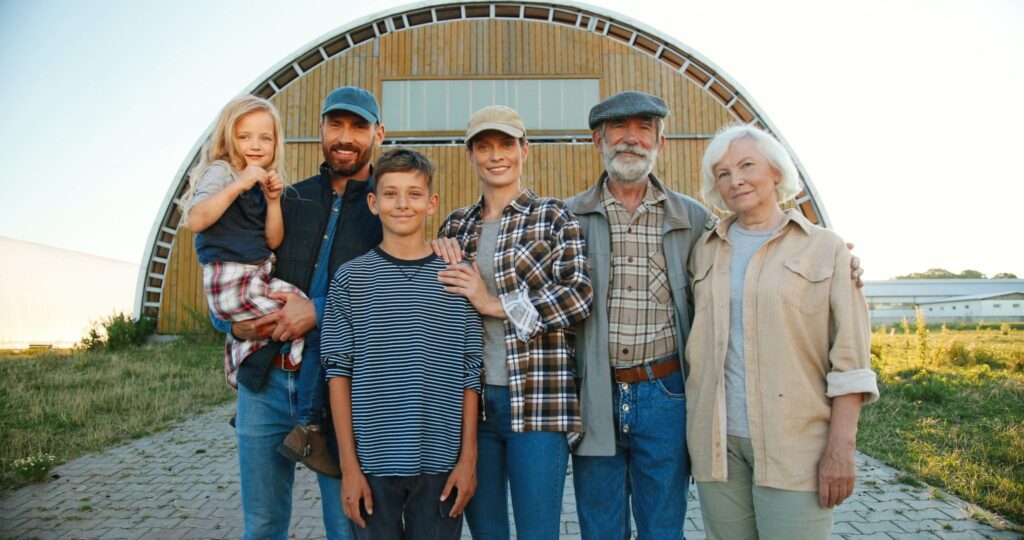
The Family Farming Challenges
Though the benefits are aplenty, the stressors of the family business are ten-fold. Profits are at the mercy of local and global market prices. Access to vendors and the market isn’t always equitable. Mother Nature? She’s fickle. The up-and-down costs for fuel and equipment upkeep can flux week by week, season after season. Consumer demand and competitors round out just some of the industry woes farmers experience. These pressures have been around for decades, yet the combined dedication to making the business work is the silver lining.
CONFLICT
No one loves harder or knows the buttons to push better than family. Being in business together can become personal and lead to unanticipated issues. Death, retirement, divorce or bankruptcy can cripple operations and mean the end of the farm. Everyone’s role is vital. A business that runs smoothly must have all players working well together side-by-side and communicating.
SKILLS VS. EXPERIENCE
We all have different skillsets and experiences that round out our personal and professional lives. Placing family members into roles strictly due to keeping conflict at bay, hierarchy, entitlement or fear of offending is not moving your business forward. Policies and a clear understanding when placing family members in positions they are best suited for can save time, heartache and relationships.
DIVISION OF RESPONSIBILITIES
Making decisions must be business-based, not emotional. What’s best for the longevity of the family business means what’s best for operations and not one individual. That can prove challenging when it comes to family. Objectivity matters when promoting, hiring or sliding family members into certain positions.
THE BOTTOM LINE
Not all family businesses can support multiple households. If you have children that “want in” as adults, will the margin cleared each month meet payroll expectations for everyone? Facing the economic reality and honest conversations about farms transitioning through the generations will save everyone hardship and misunderstandings in the long run.
WHO’S NEXT IN LINE?
As with any job, people come and people go. Not everyone raised in a generational family business takes over one day. Children who feel pressured to step into a role they do not want can bring about tension and unhappiness. Hold honest conversations about expectations. Parents may envision their child taking over the business and have no idea that other dreams consume their child’s thoughts. Open dialogue is the only way to know future expectations and ambitions. As a four-generation-strong family operation, Fratco understands. The reality is being part of a family business is tough work. Each business is as unique as the challenges they face together. At the end of the day, business remains business. Family is what binds us together.
